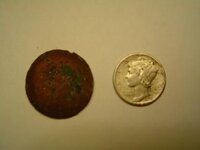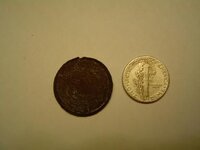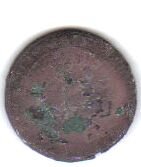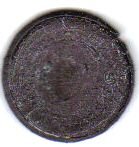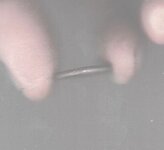TomB
Full Member
Yesterday I hunted an old resort site that was established in 1850. I have done quite a bit of research and believe that the 45th Virginia Infantry was encamped there during the winter of 1861.
I was working the area that I suspect the camp was located, looking for nails (from equipment crates) horse shoes, etc.
In the middle of a 20 acre field my X-Terra-70 gave me a strong 36 reading at 8". I recovered a two piece flat brass button. There appears to be lettering and some type emblem on the front. You can just make out some letters on the back of the button.
I tried electrolysis to clean the button but still can't make it out.
I haven't seen to many two piece flat brass buttons from the civil war era. I suspect the button is a bit older.
Any suggestion as to what it might be or any ideas on how to clean it would be appreciated.
TomB
I was working the area that I suspect the camp was located, looking for nails (from equipment crates) horse shoes, etc.
In the middle of a 20 acre field my X-Terra-70 gave me a strong 36 reading at 8". I recovered a two piece flat brass button. There appears to be lettering and some type emblem on the front. You can just make out some letters on the back of the button.
I tried electrolysis to clean the button but still can't make it out.
I haven't seen to many two piece flat brass buttons from the civil war era. I suspect the button is a bit older.
Any suggestion as to what it might be or any ideas on how to clean it would be appreciated.
TomB


